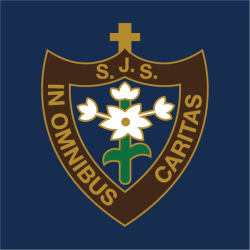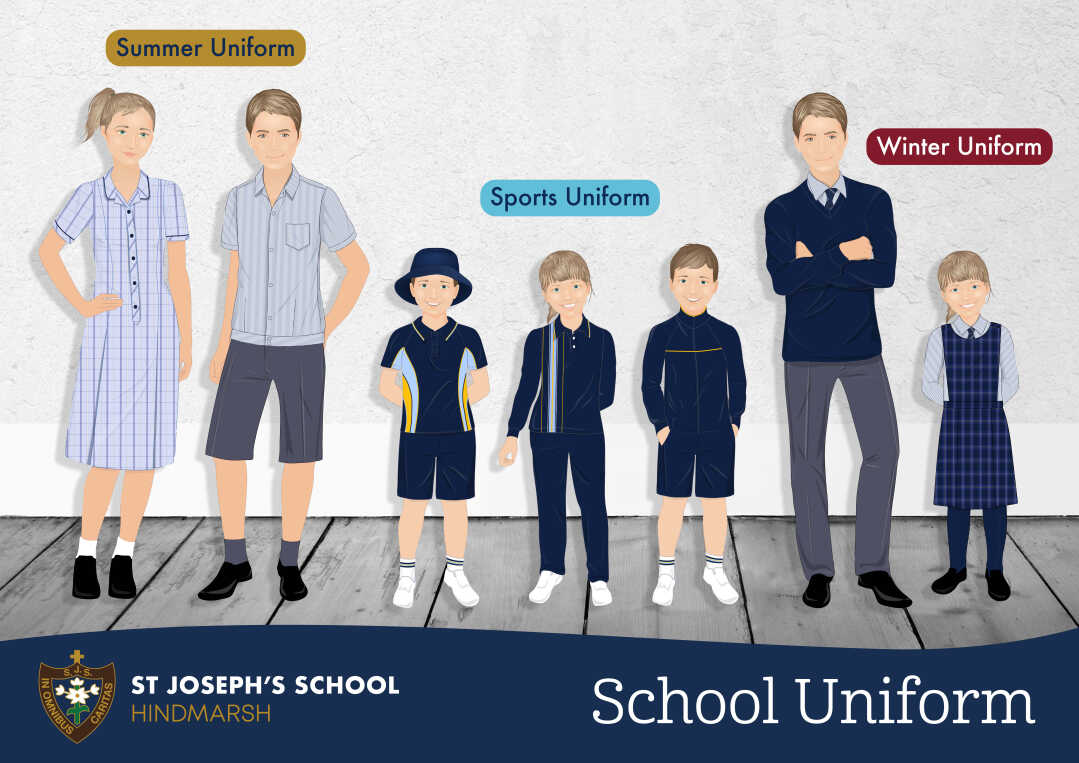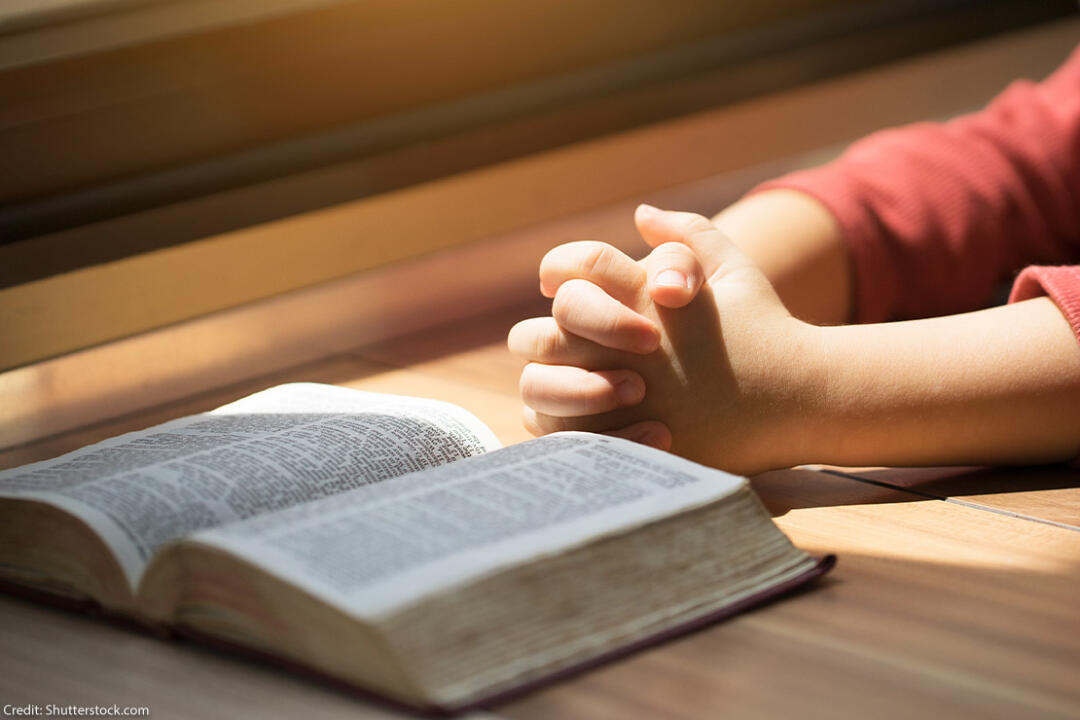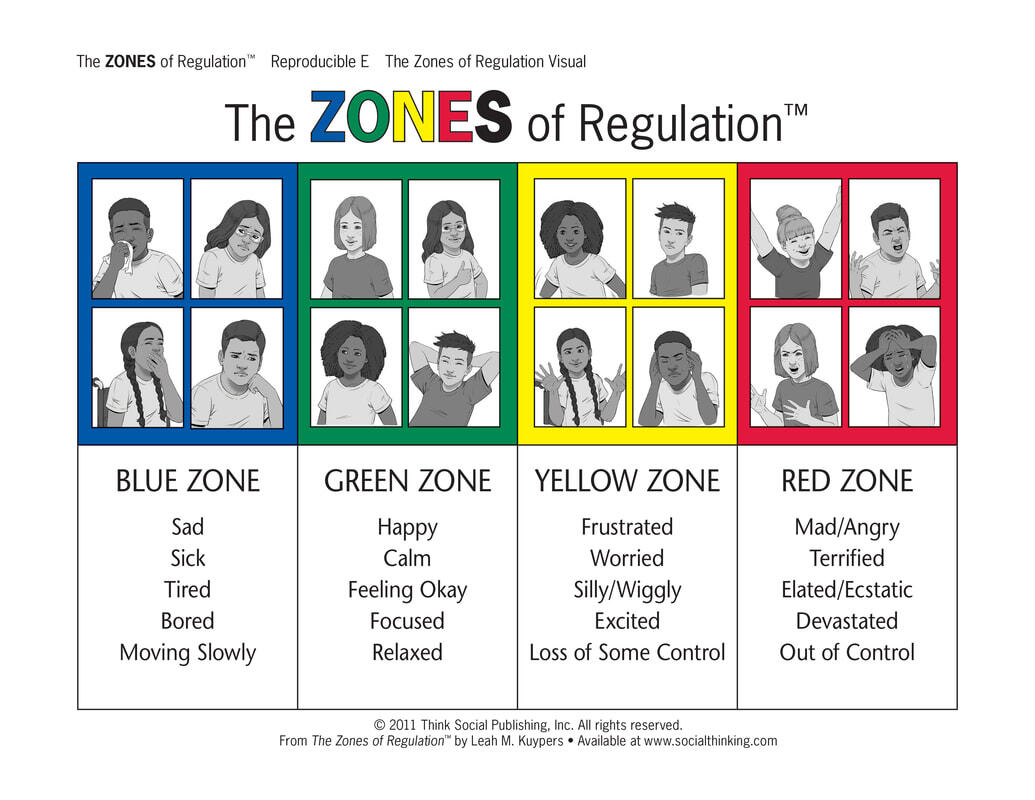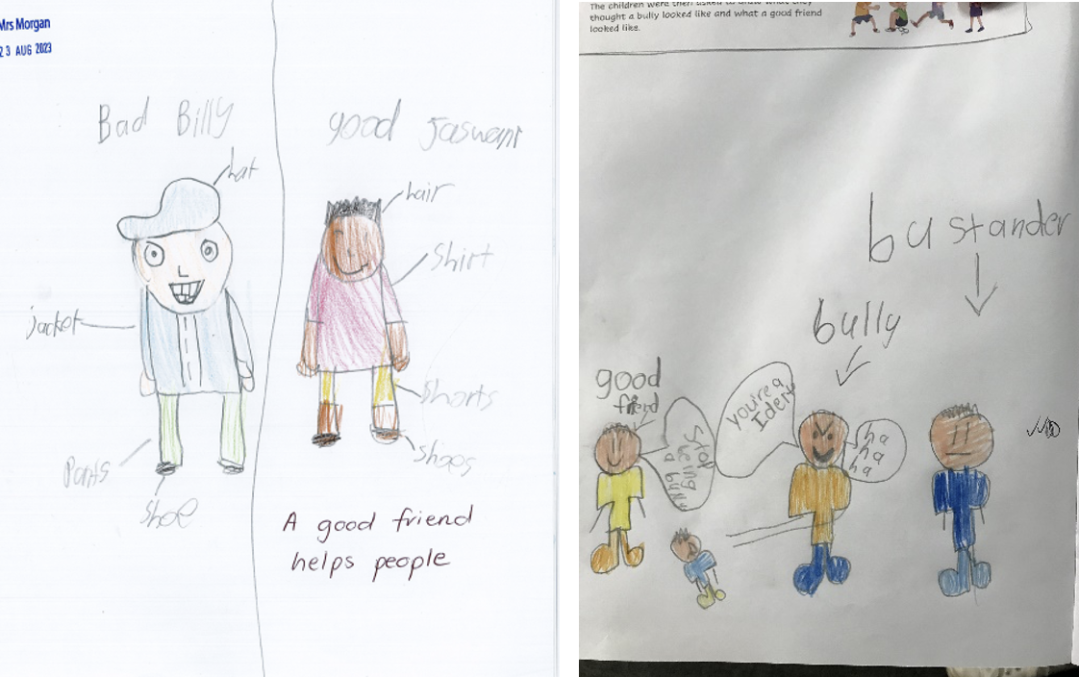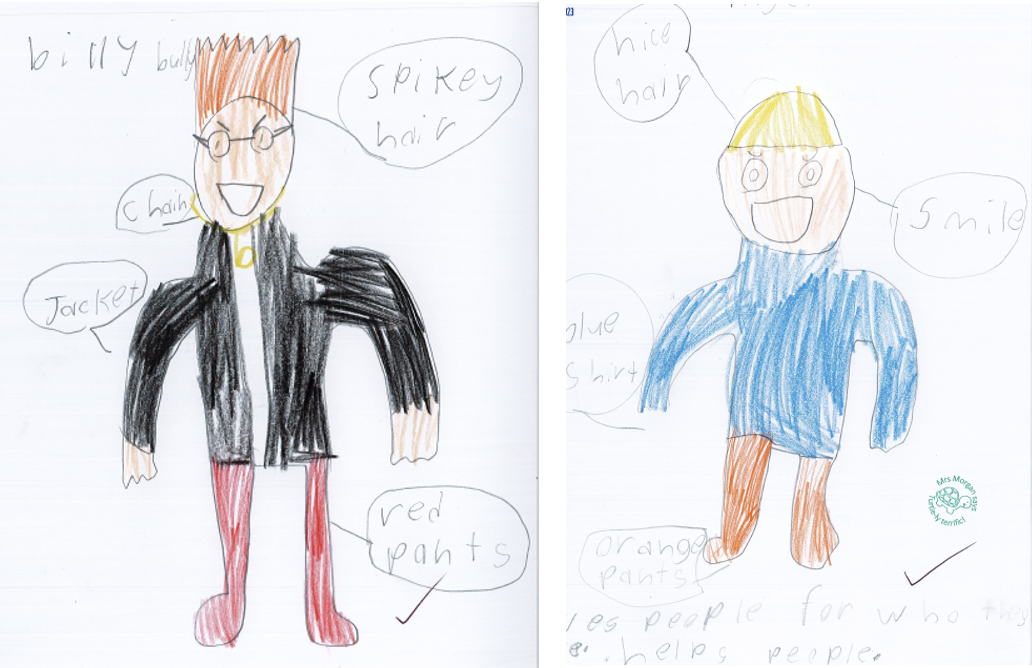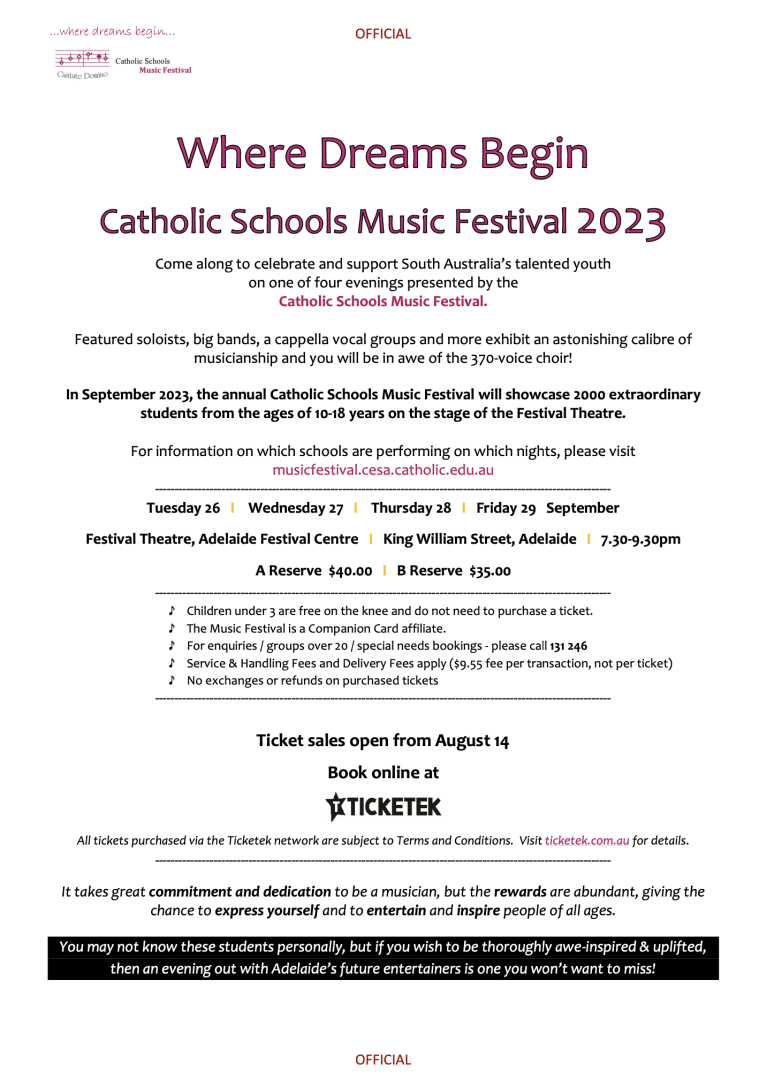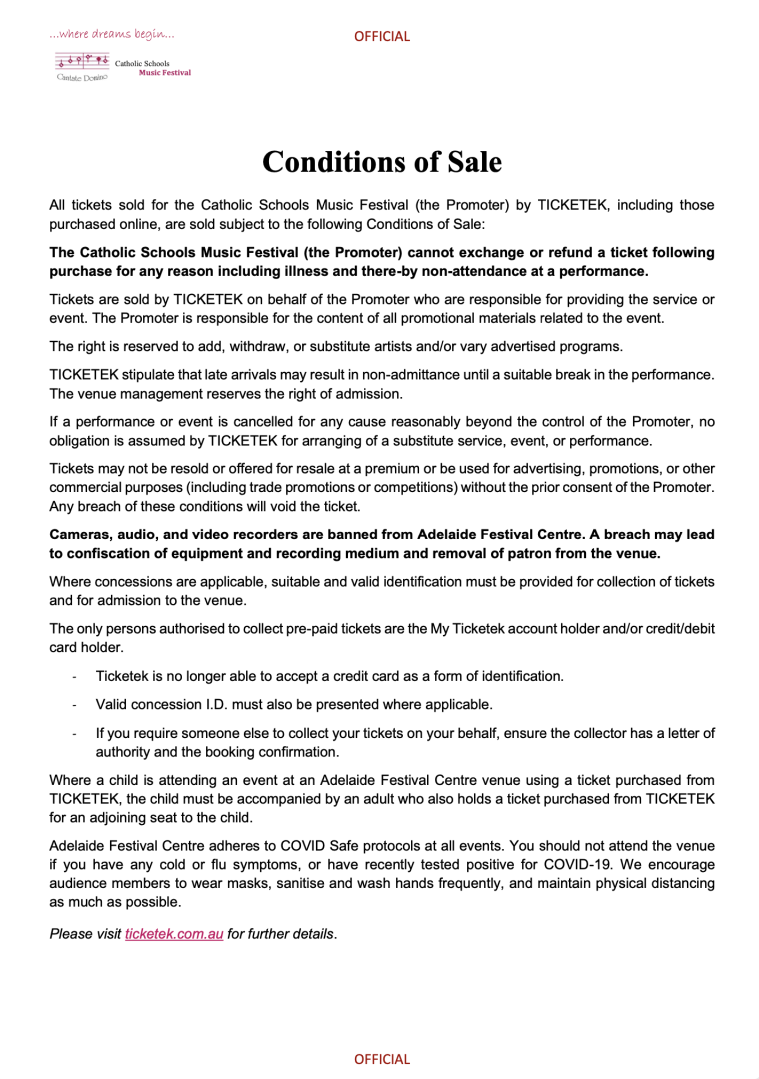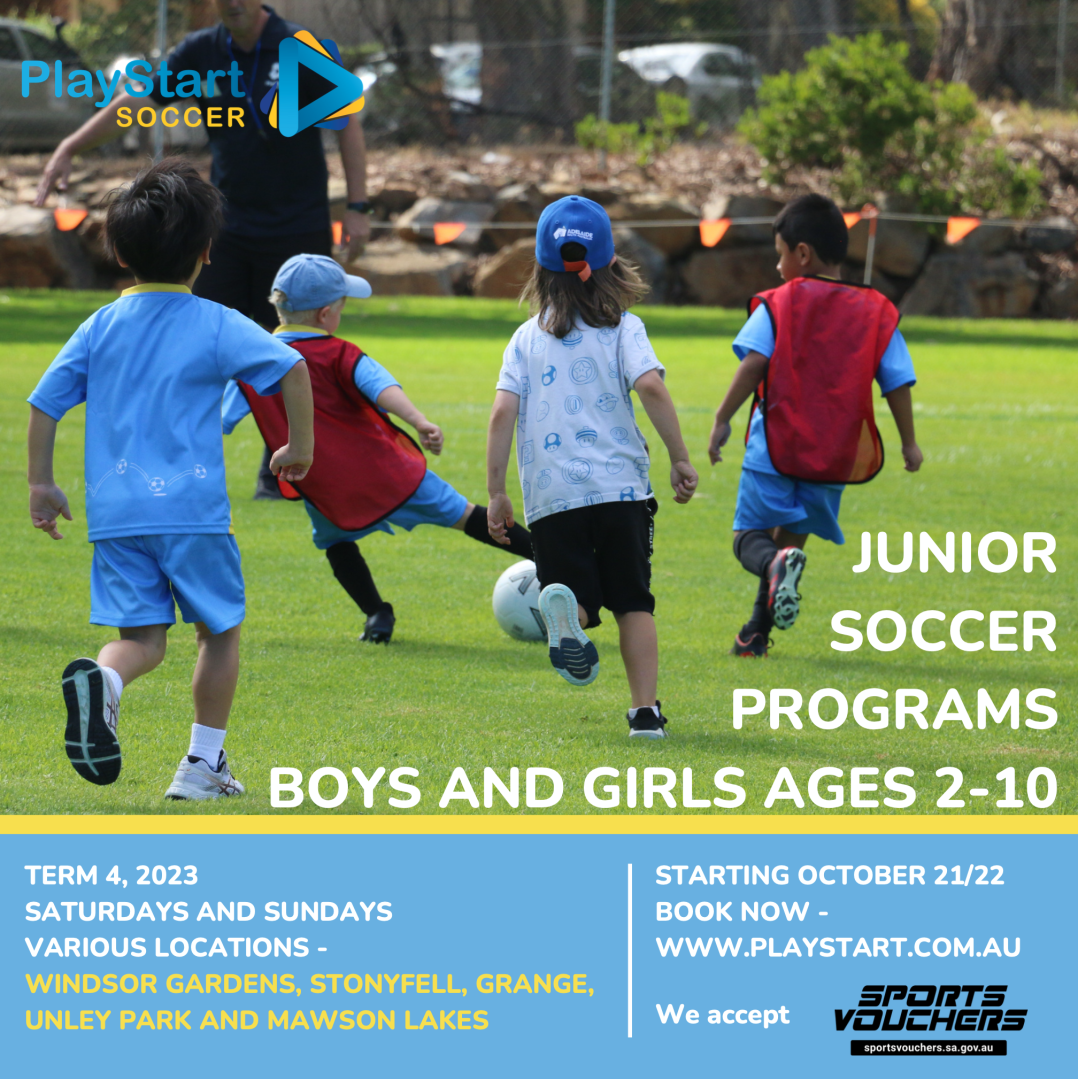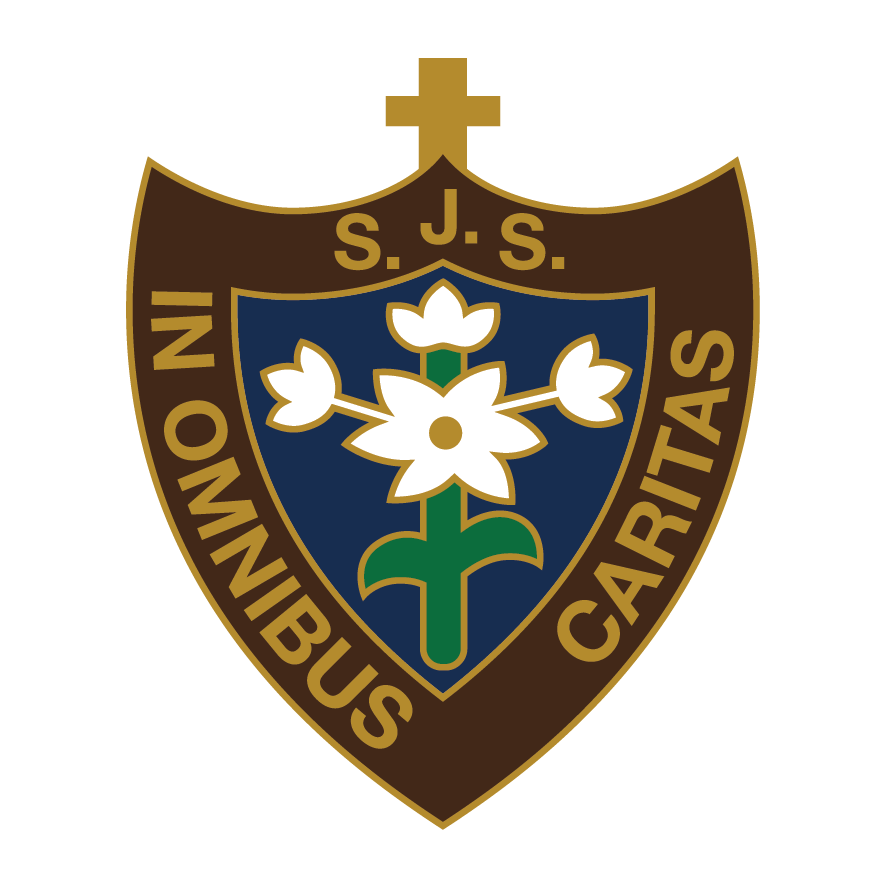Last week, our teachers participated in a professional development session focussing on prayer. With so many new staff it was good to come together and remember why we pray and why it is important to teach our students how to pray.
The Catechism of the Catholic Church defines prayer as: the raising of one’s mind and heart to God or the requesting of good things from God (CCC 2559). The Catechism goes on to identify three expressions of prayer, namely: vocal prayer, meditative prayer and contemplative prayer.
Prayer varies according to purpose. When moved by God’s power, goodness, or love, we express praise and adoration in our prayers. Sometimes we damage our relationship with God and experience guilt and regret. Seeking forgiveness and reconciliation, we pray prayer of contrition. When we are filled with gratitude for gifts, graces, and favours, we respond with prayers of thanksgiving. And when we, or others, are in need of something, we turn trustingly to our good God with prayers of supplication. Sometimes we are so taken with God and God’s love and mercy that we pray prayers of sheer love.
Staff explored many different ways that prayer can be promoted in the classroom, such as, praying for each other, having silent time to pray to God, praying traditional prays and using meditation as a form of pray. They also discussed how to set up the sacred space in their classrooms and how it is important to make this space owned by the students and a special place that needs to be visual and prominent in the classroom.
Using resources, such as CESA’s ‘Being with God – A Prayer and Liturgy Resource’, staff then spent time reviewing their current prayer practices within their classroom and ways that they can reinvigorate these practices within the class.
